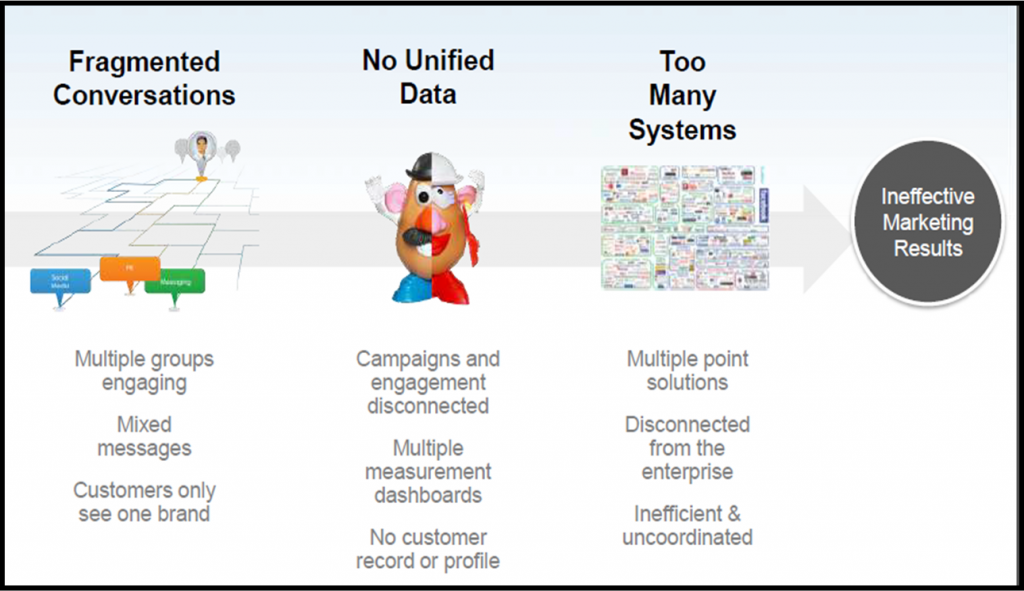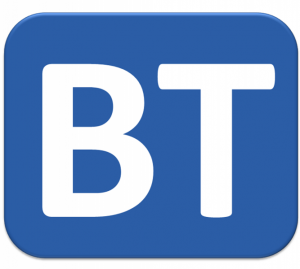I enjoyed presenting at the Funnel event in Sydney on November 19.
Organiser Brad Langton and the eConsultancy team assembled a quality B2B agenda, featuring keynotes and four streams of workshop content titled Plan, Attact, Align and Engage.
In a crowded landscape of marketing conferences, the Funnel was one of the better events this year in Australia.
My presentation addressed a pivotal theme that Business Technology (B.T.) fluency is not optional for business executives.
A common threat of the sessions was the changing nature of the sales funnel itself:
- Today’s funnel does not follow a linear path from awareness through to either closed-won or closed-lost status.Every sales cycle is different and the path taken most often represents a maze.
- Critically, around 70 per cent of buyer journeys are conducted independantly of any direct contact with Sales teams and Marketing’s traditional influence is limited.
- People are increasingly relying on their own digital research and peer exchanges (both online and offline) to identify their preferred products and services.
- In this climate Sales needs to be engaging further up the funnel and Marketing must be generating, recycling and nurturing quality leads that convert.
As the folks at Corporate Executive Board are saying, “early is no longer early”.
The best sales and marketing people are now found at the top end of the funnel and are focused on disrupting and challenging customers.
The dated solutions opening pitch from Sales to prospects is no longer “what keeps you up at night”, but “here’s some critical industry information that you didn’t know and this is why you need to engage with us”.
Obviously, this is a challenging gambit but it differentiates in a way old-school solution selling doesn’t.
Enabled by an integrated customer-facing front end, built on an Internet-native Business Technology backbone, marketing, sales and service, in fact the entire company, must operate as one coherent team, obsessing about every Zero Moment of Truth or customer interaction.
Here’s my slideware from the Funnel event :




